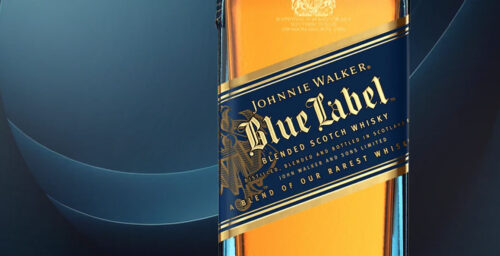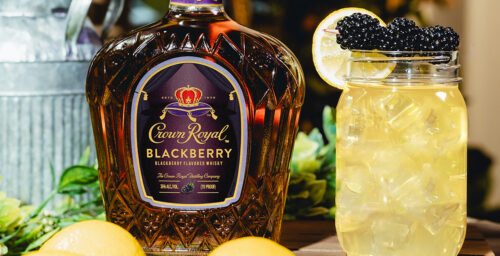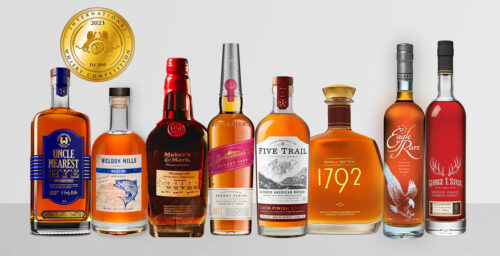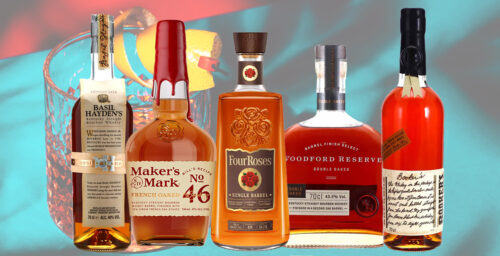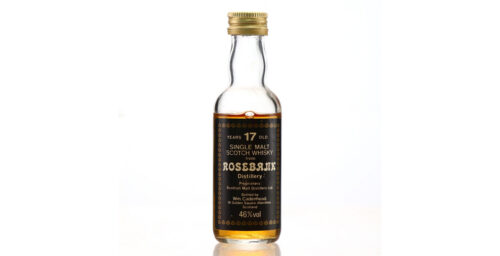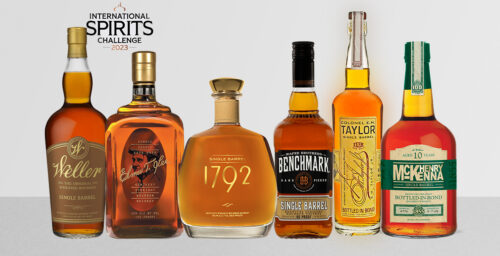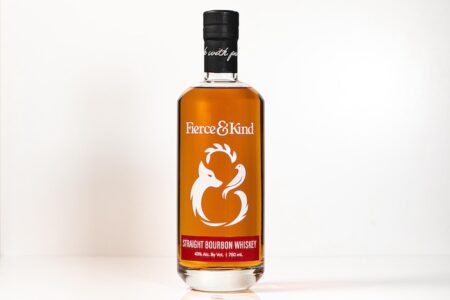Editor’s Note: This whisky was provided to us as a review sample by the party behind it. This in no way, per our editorial policies, influenced the final outcome of this review. It should also be noted that by clicking the buy link in this review our site receives a small referral payment which helps to support, but not influence, our editorial and other costs.
At the heart of Japanese culinary tradition, you’ll find koji-kin. Japan’s “national fungus” is a mold which grows on grains and breaks starches into sugar. It’s what gives the distinctive umami flavor to miso, soy sauce, natto, mirin and other iconic Japanese foods. If you’re in a Japanese restaurant and pick up on that familiar brothy, yeasty smell, it’s the koji making it so recognizable.
Koji cultivation also creates shochu. Shochu is a clear, distilled spirit made from a starch fermented with koji. It’s a popular drink in Japan, but has a relatively small presence globally. When it ages in oak, though, it can become a type of whisky that is prevalent, but underappreciated.
Distilling whisky from shochu is a long tradition, but it doesn’t always square easily with modern classification schemes. Whisky and shochu are both subject to regulation and licensing under Japanese tax law. This has major implications for Hikari Distillery’s Hakata Whisky.
Hikari distills Hakata Whisky from shochu, which they make using barley sourced from Kyushu and fermented with Koji. While they source ingredients, ferment, distill, age, and bottle this whisky in Japan, they can’t sell it in Japan. Having taken on color from being aged in sherry oak casks, it is too dark to qualify as shochu. At the same time, Japanese tax law only allows the sale of shochu whisky at 90 proof or higher. At 84 proof they can’t sell it domestically as shochu whisky.
So, this whisky from Japan skipped the domestic market and came directly to America. In the US, shochu whisky doesn’t face the same hurdles. “Koji whisky dates all the way back to 1891 in the USA,” said Chris Uhde, vice president at distributor ImpEx Beverages, to us over email, “and since there are now numerous brands that are made using koji, the classification is locked in stone.”
Given the low availability of some Japanese expressions, this could be a boon for American whisky drinkers. By coming directly to the American market, Hakata bypasses competition from Japanese buyers. “Could you imagine if [Hikari] could sell it domestically?!” Udhe enthused, “The Hakata 18 year would either be unobtainable or cost $1000 per bottle instead of a recommended retail of $189.” If the quality is right, this could be the perfect opportunity to pick up a high-end whisky from Japan.
The 12 year expression brings a little more of the barrel over its younger expression. The whisky aged in Japan, which brings a combination of humid 95 degree summers and 34 degree winters. Changes in weather cause significant expansion and contraction of liquid. I can expect a lot of influence to come from the barrel in the two years this has over the previous iteration.
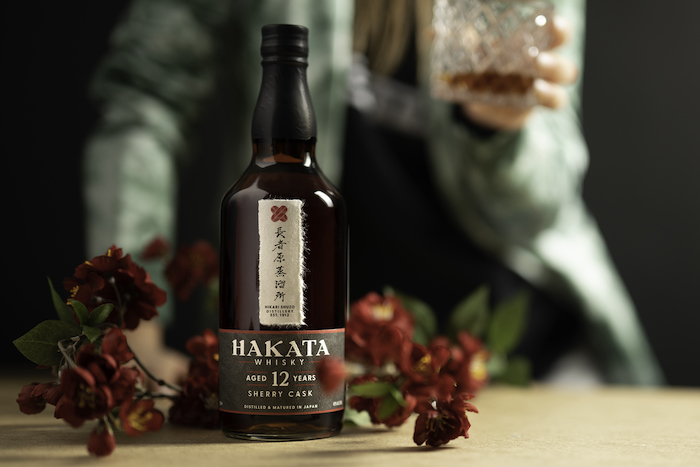
Tasting Notes: Hakata Whisky Aged 12 Years
Vital Stats: 42% ABV. Mash bill: 100% barley, fermented with koji. 84 Proof. MSRP 99.99 USD.
Appearance: Pecan Brown
Nose: There is a strong, sultry smell of cream and woody spice. There are rich notes of creme brulee, with fragrant tones of cigar box wood.
Palate: There’s a strong initial taste of spice, but it is balanced by a savory quality that diffuses the sharper edges. There are forward notes of gingerbread and aromatic wood. There is an underlying quality of molasses in the deep, almost syrupy quality of its savory dessert flavors. The finish feels like vanilla and cinnamon, infused with the quality of yeasty bread.


